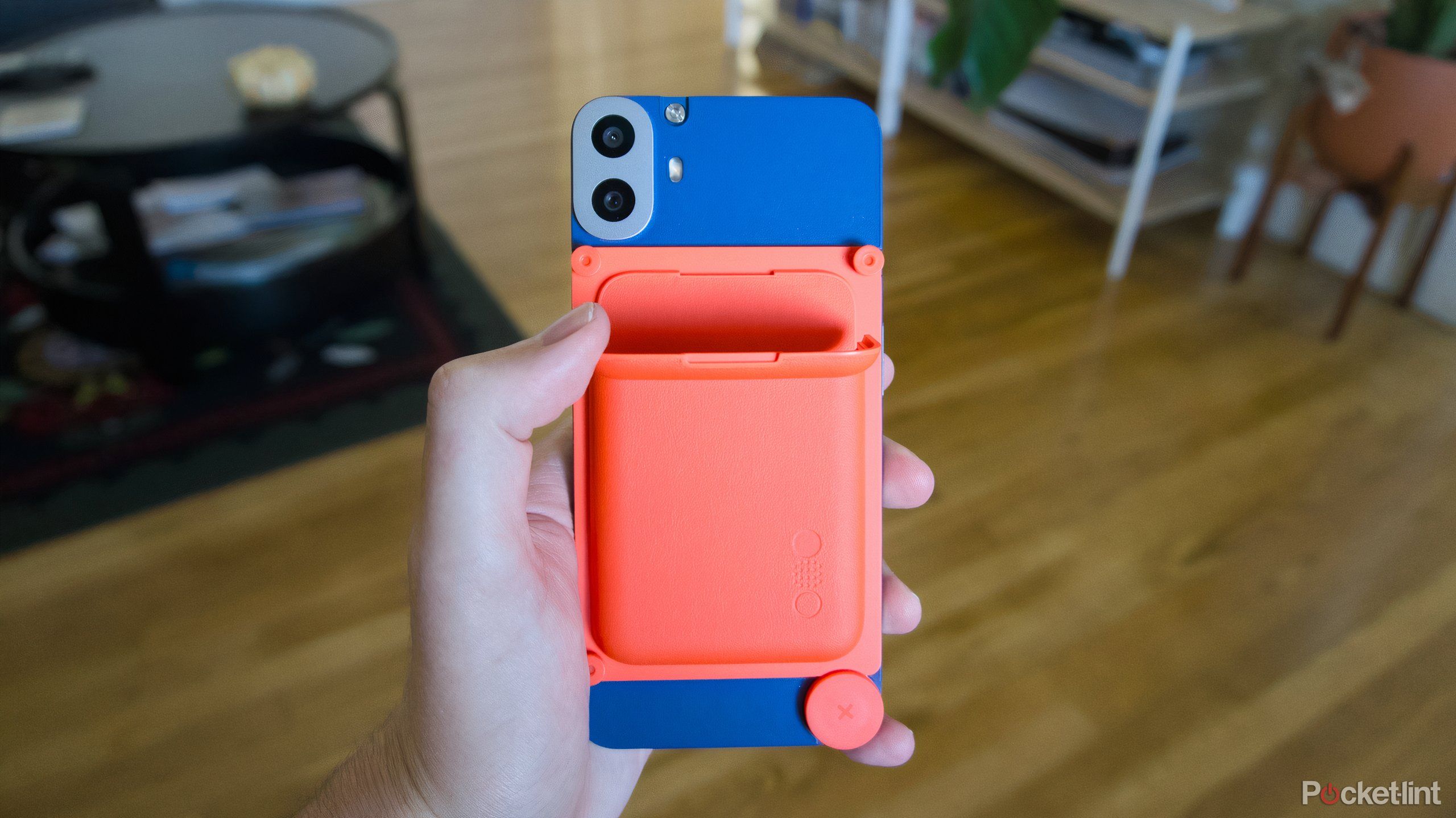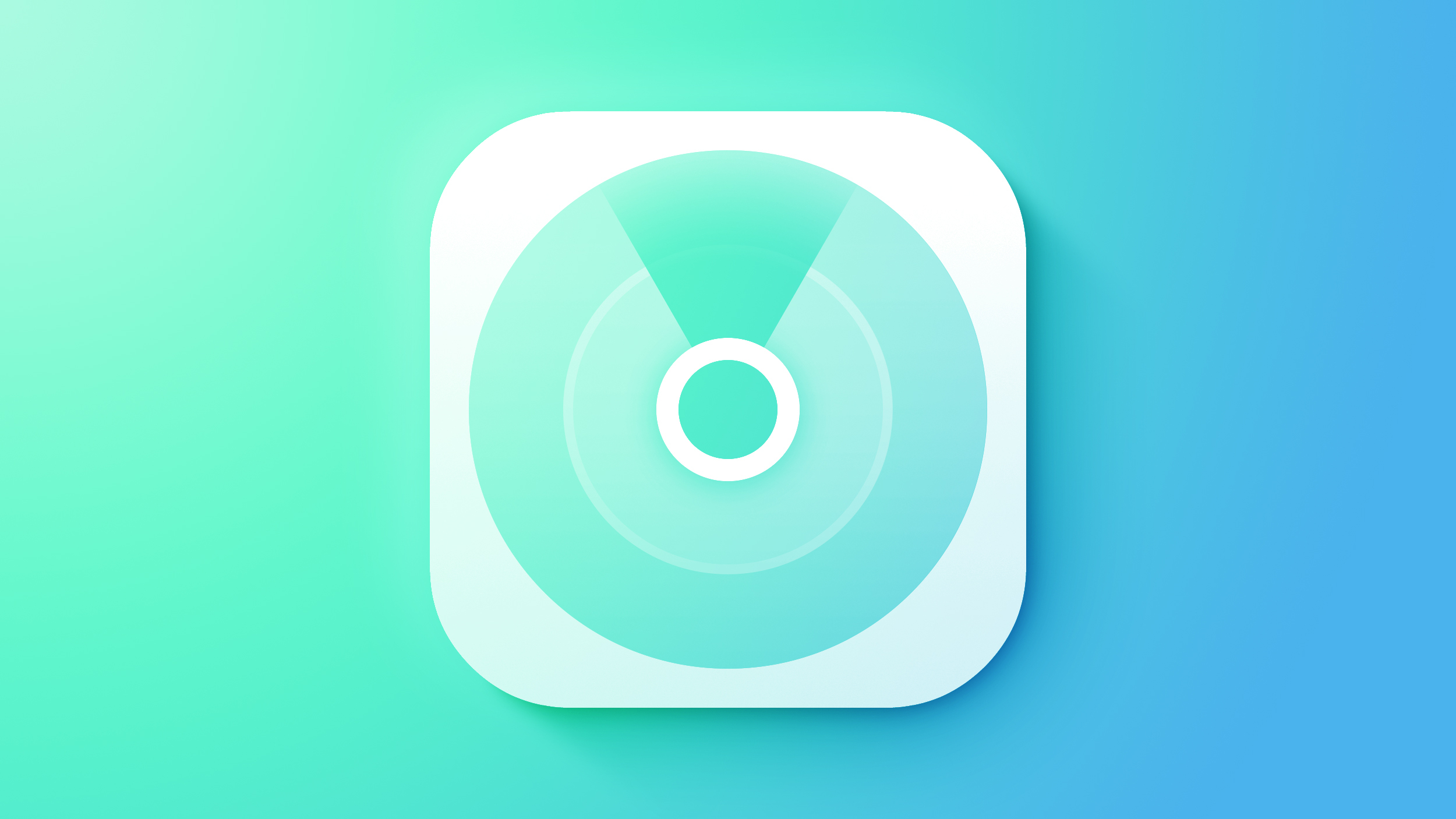Tidal plans to rollout another hi-res lossless audio format for HiFi Plus subscribers
If you’re serious about sound quality, we’ve been saying for some time that Tidal is a better Spotify alternative for audiophiles. And now it’s widened that gap even further. While Spotify has been promising to launch a high-res, CD-quality service for years now – although we’re of the opinion that Spotify HiFi is never coming – Tidal has just announced a big upgrade to its high-resolution audio quality service.
In April, Tidal said that it would be expanding its support for the lossless FLAC format. It already offers over 100 million tracks in CD quality FLAC, but boss Jesse Dorogusker said that the next step would be to up the quality even further to 24-bit/192kHz hi-res audio.
And it looks like that is now starting to happen, after Dorogusker took to Reddit on June 29 to confirm that 6 million hi-res FLAC tracks are now available in the iOS app to members of the Tidal Early Access Program. It’ll be coming to every HiFi Plus subscriber in August.
Hi-res FLAC is currently an alternative to the hi-res MQA streams Tidal already offers. However, the firm that owns MQA is currently in administration and as a result the format’s future is uncertain.
Is hi-res audio really better?
Yes. At the moment, the big name music streamers offer music in up to three quality levels: lossy, where the audio file is compressed for more convenience (and more reliable streaming on low-bandwidth connections); lossless at CD quality; and lossless at higher-than-CD quality.
With lossy audio, some of the musical information is thrown out. Modern formats are very good at doing that without losing too much sound quality, but there’s still a noticeable difference between a lossy MP3 or AAC stream and an uncompressed CD quality stream.
If you’re not listening on high-end hardware, CD quality is probably as good as you need. But modern music is often recorded at higher than CD quality. A CD is sampled with a bit rate of 16 bits and a sampling rate of 44.1 thousand times per second, while hi-res audio is 24-bit and 192 thousand samples per second or more.
Using the best headphones or a high-end sound system, you really can hear the difference: the music sounds more alive, and you can often hear details you’ve never noticed in songs you’ve listened to a million times. If you want to know how to enjoy Tidal hi-res FLAC and MQA music, look at our guide for more ways to access this audiophile level quality.



